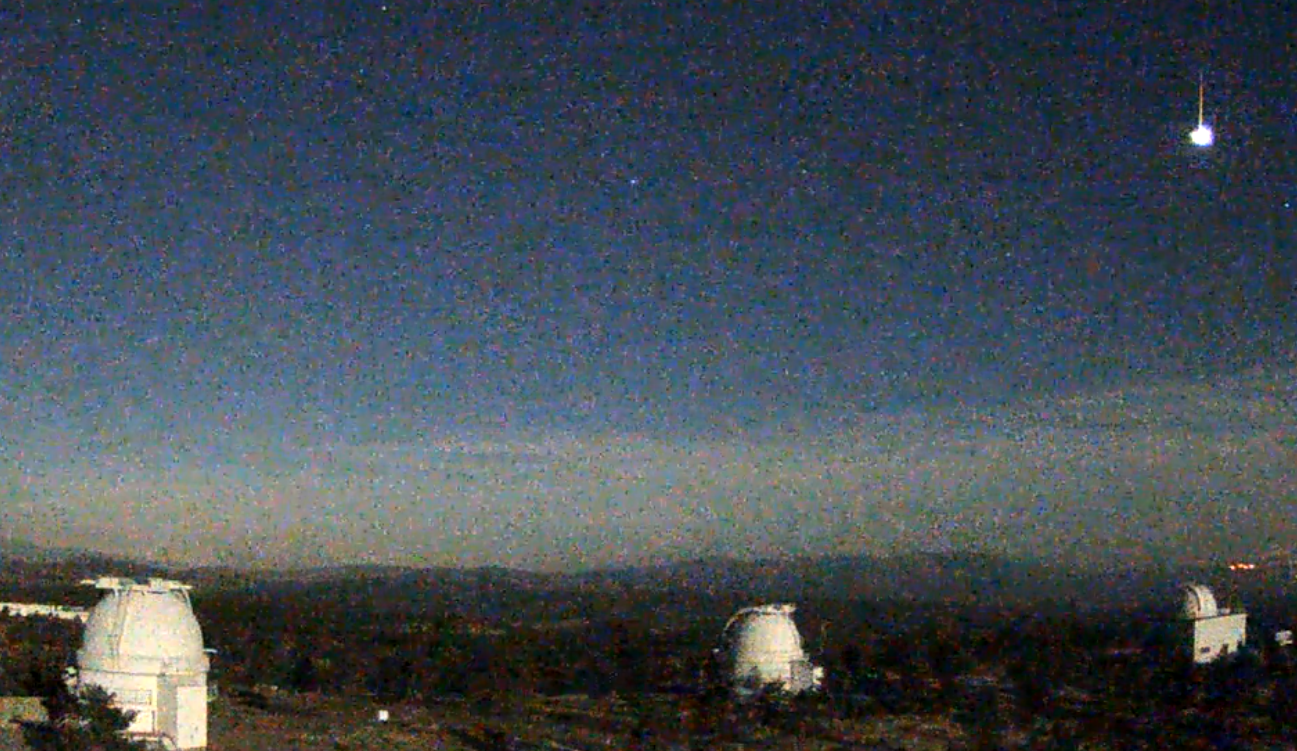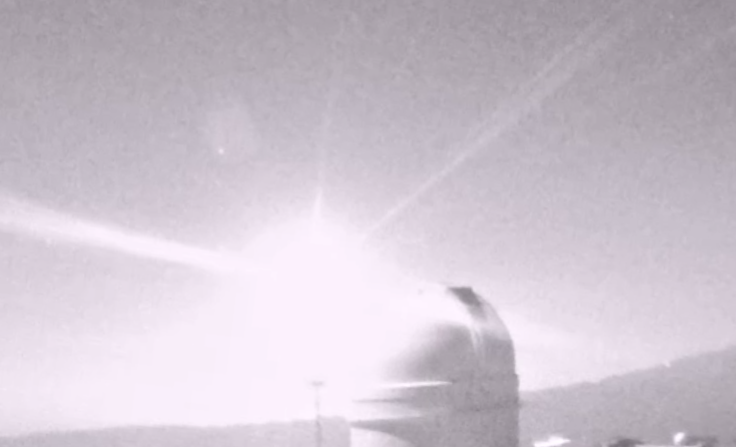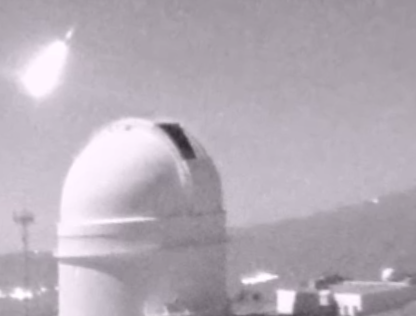During the night of the first of November, two bright fireballs could be seen on the skies.
The first one, at 18:53 UT (19:53 local time) happened on the skies of Castilla La Mancha (South Spain). This object could be registered with the SMART Project detectors operated at Calar Alto (Almería), La Sagra (Granada), Sierra Nevada (Granada), La Hita (Toledo) and Seville observatories.
Concerning the second one, the results of the analysis are provisional. It seems to flew above North Africa skies at 22:30 UT (23:30 local time) and ended with a big explosion. This information will be updated if we can get more data about this fireball.
Both of them could also be recorded with three of the Calar Alto Observatory external surveillance webcams.
 Following the analysis carried out by Professor José María Madiedo (Instituto de Astrofísi
Following the analysis carried out by Professor José María Madiedo (Instituto de Astrofísi ca de Andalucía IAA CSIC), the first fireball was a cometary event. A rock detached from a comet impacted against our atmosphere at an estimated speed of about 65.000 km/h. The luminous event started at an altitude of 97 km and it finished at an altitude of 64 km.
ca de Andalucía IAA CSIC), the first fireball was a cometary event. A rock detached from a comet impacted against our atmosphere at an estimated speed of about 65.000 km/h. The luminous event started at an altitude of 97 km and it finished at an altitude of 64 km.
The path this object followed is shown on the top right picture.
 Concerning the second fireball, as told above, th
Concerning the second fireball, as told above, th e results are provisional. It seems to happened above North Africa skies and it probably had an asteriod origin.
e results are provisional. It seems to happened above North Africa skies and it probably had an asteriod origin.
As it is shown on the below videos, this event nearly as bright as the full moon, ended with a big explosion. And from the point of view of one of Calar Alto external surveillance webcam, it seemed to hit one of our telescopes.
Below are the three videos that could be registered with Calar Alto Observatory external surveillance webcams. The first video shows the fireball at 18:53 UT, while the other two videos show two perspectives of the firewall that happened at 22:30 UT (and one more with a zoom from one of the views)
Calar Alto (CAHA) fireball detection station, together with the one at the Observatory of Sierra Nevada (IAA-CSIC) and others placed at different locations in Spain, are part of the S.M.A.R.T. project led by Professor José María Madiedo (IAA) to track that kind of objects. Specifically, Calar Alto (CAHA) station and the one at Sierra Nevada (IAA-CSIC) constitute a collaboration agreement between the IAA researcher José María Madiedo and both institutions.
 English (UK)
English (UK)
